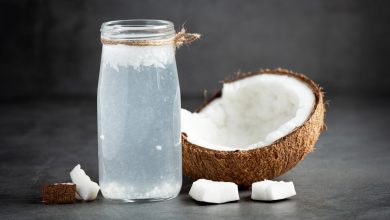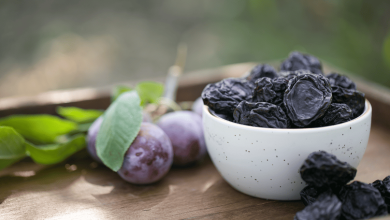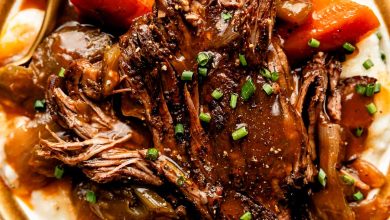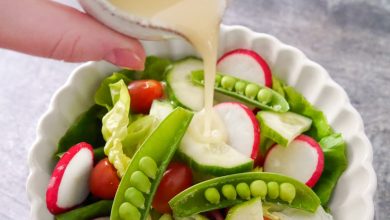Discover the Nutritional Power of Sapodilla: A Sweet, Fiber-Rich Tropical Fruit
Sapodilla (Raw) – Nutritional Information
Sapodilla, a sweet and tropical fruit, is not only a delightful addition to your meals but also offers an array of essential nutrients. Known for its soft, brown skin and granular texture, this fruit is rich in dietary fiber and provides a moderate amount of natural sugars. It’s perfect for those looking for a natural source of energy, as it’s low in fats and high in carbohydrates, with a substantial fiber content that aids in digestion.
Nutritional Information per 100g:
| Nutrient | Amount |
|---|---|
| Energy | 83.0 kcal |
| Protein | 0.44 g |
| Total Fat | 1.1 g |
| Saturated Fats | 0.194 g |
| Carbohydrates | 19.96 g |
| Fiber | 5.3 g |
| Sugar | 0.0 g |
| Calcium | 21.0 mg |
| Iron | 0.8 mg |
| Magnesium | 12.0 mg |
| Phosphorus | 12.0 mg |
| Potassium | 193.0 mg |
| Sodium | 12.0 mg |
| Zinc | 0.1 mg |
| Copper | 0.086 mcg |
| Manganese | 0.0 mg |
| Selenium | 0.6 mcg |
| Vitamin C | 14.7 mg |
| Thiamin (Vitamin B1) | 0.0 mg |
| Riboflavin (Vitamin B2) | 0.02 mg |
| Niacin (Vitamin B3) | 0.2 mg |
| Vitamin B6 | 0.037 mg |
| Folate | 14.0 mcg |
| Vitamin B12 | 0.0 mcg |
| Vitamin A | 3.0 mcg |
| Vitamin E | 0.0 mg |
| Vitamin D2 | 0.0 mcg |
Allergen Information:
Sapodilla is a naturally hypoallergenic fruit with no known allergens. It’s a safe option for most individuals, including those with common food allergies. However, as with any fruit, individuals with specific sensitivities or allergies should consult a healthcare provider before incorporating sapodilla into their diet.
Dietary Preferences:
- Vegan: Sapodilla is plant-based, making it suitable for vegan diets.
- Gluten-Free: This fruit contains no gluten and is safe for those with celiac disease or gluten sensitivity.
- Low Fat: With only 1.1 grams of total fat per 100g, sapodilla is an excellent low-fat snack option.
- High Fiber: With 5.3 grams of fiber per 100g, sapodilla supports digestive health, making it a great choice for individuals on high-fiber diets.
- Low in Sugar: Despite its natural sweetness, sapodilla contains 0.0 grams of added sugars, making it a suitable fruit for those managing their sugar intake.
- Rich in Vitamin C: With 14.7 mg of Vitamin C per 100g, sapodilla is an excellent fruit for boosting immunity and supporting skin health.
Culinary Uses:
Sapodilla can be enjoyed raw, typically sliced and eaten fresh. Its sweet and slightly grainy texture pairs wonderfully with other tropical fruits in fruit salads, smoothies, and desserts. It can also be used to add a natural sweetness to savory dishes and salsas.
Advice:
To enjoy sapodilla at its best, choose fruits that are slightly soft to the touch, indicating ripeness. The flesh should be golden-brown and tender. It can be eaten directly from the skin or scooped out with a spoon. If you find that the fruit is not quite ripe, allow it to sit at room temperature for a few days until it becomes soft.
Conclusion:
Sapodilla is a tropical fruit that combines sweet, earthy flavors with impressive nutritional benefits. With its natural sweetness, high fiber content, and rich vitamin profile, it’s an excellent choice for those seeking a healthy, low-fat snack. Whether enjoyed as a standalone treat or incorporated into a dish, sapodilla’s versatility and nutrient density make it a valuable addition to your diet.








